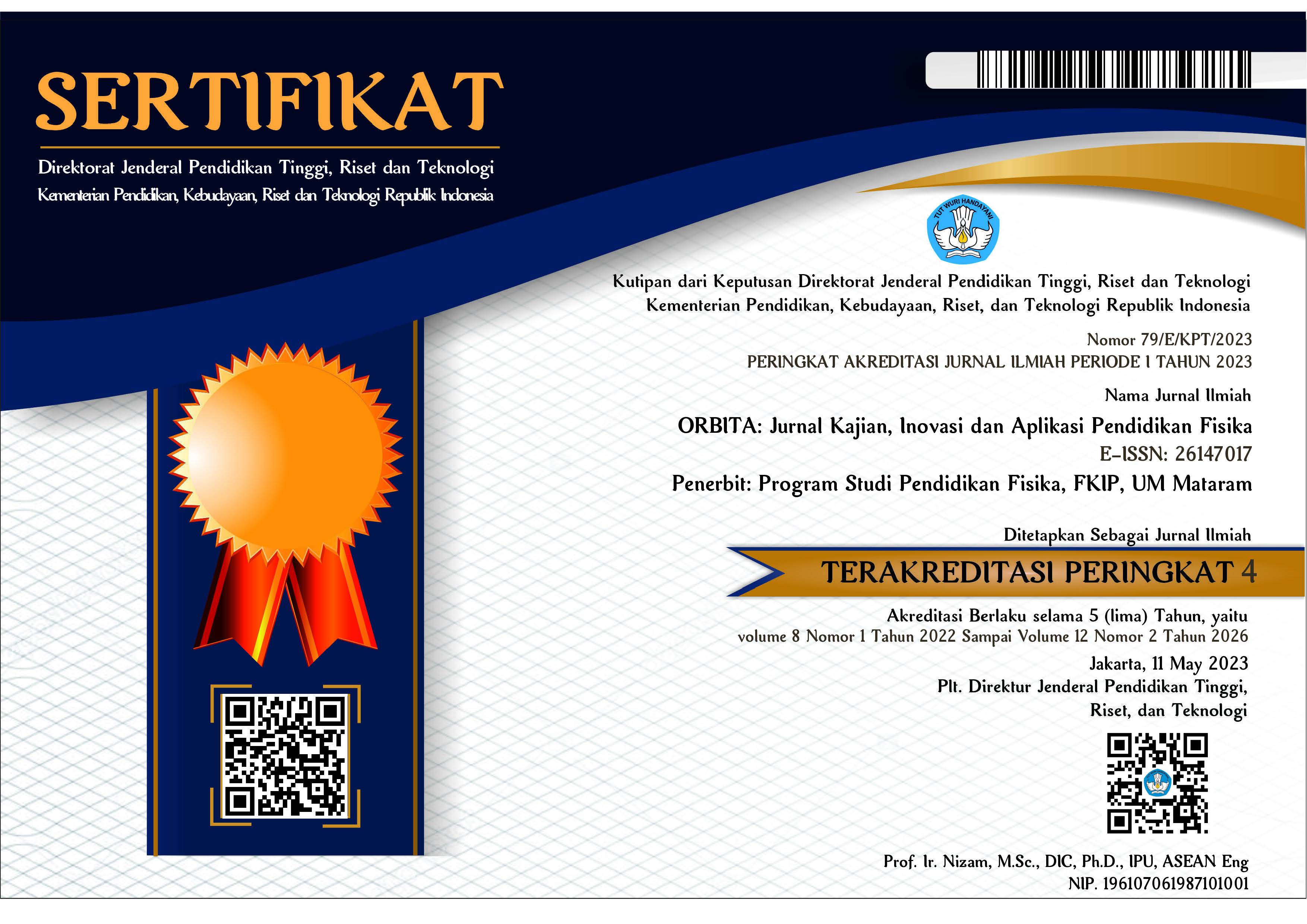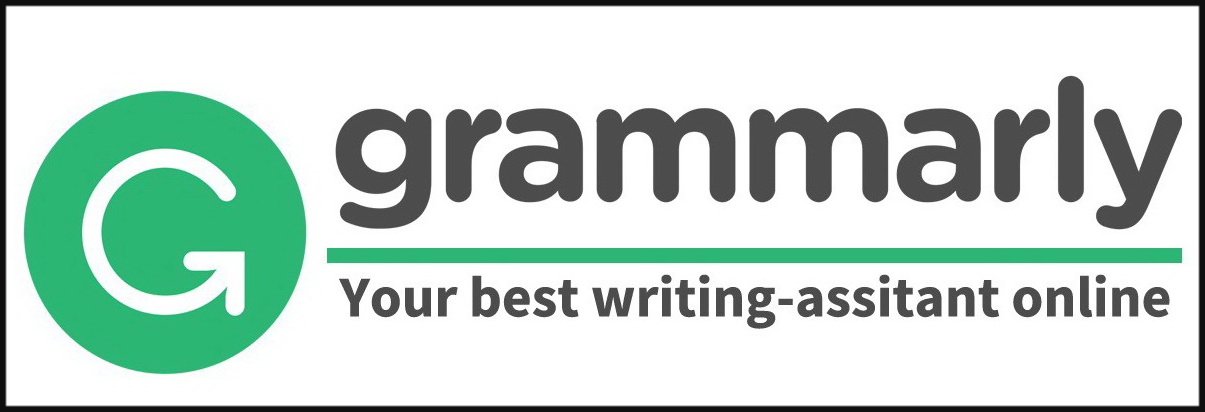Development of differentiated e-module using the AppYet application on measurement material at taruna high school
Abstract
Merdeka Curriculum is designed to meet the challenges of 21st-century skills, focusing on student development, thus requiring differentiated teaching materials that accommodate students' interests and learning styles. This research aims to develop a differentiated e-module using the AppYet application on measurement material for X IPAS 1 students at Taruna high school in Medan, which is feasible, practical, and effective. The research method used is Research and Development (R&D) with a 4D development model that includes Define, Design, Develop, and Disseminate. The research subjects were 20 students in class X IPAS 1 at Taruna high school . The research instruments used were validation questionnaires, teacher and student response questionnaires, and validated test questions. The data analysis technique used the Likert scale to determine feasibility and practicality, and the N-gain to determine the effectiveness of the e-module. The results showed that the developed e-module was highly feasible, validated by material, media, and language experts, with an overall average of 85.92%. The practicality obtained from student responses in the large group test, was 87.35%, categorized as very practical, while the responses from the physics teacher were 90.3%, also categorized as very practical. The effectiveness of the e-module, determined using the N-gain based on pre-test and post-test results, was 0.774 or 77.4%, indicating that the e-module is effective for use in learning activities. Based on the research results, it can be concluded that the developed e-module is proven to be highly feasible, practical, and effective, thus facilitating more structured and organized learning by providing content tailored to the learning styles of each student.
Keywords
References
Agustina, I., Mustaji, M., & Fatirul, A. N. (2023). E-Module Development Based on Differentiation in Chemistry Subjects Class XI SMA Acids and Bases Solution Material. EDUCATIO : Journal Of Education, 8(3).
Auliya, M., & Nurmawati, I. (2021). Pengembangan E-Modul Materi Pisces Kelas X SMA/MA dengan Konteks Potensi Pesisir Jembrana. Indonesian Journal of Mathematics and Natural Science Education, 2(1), 45–51. https://doi.org/10.35719/mass.v2i1.59
Burhanudin, A., Muharam, N., & Fitriani, A. (2023). The Effectiveness of Differentiated E-modules to Improve Learning Outcomes of Junior High School Students in Mathematics. International Journal of Education, 11(2), 226–235.
Chien, Y.-F., & Chang, K.-H. (2018). The Effect of Differentiated Instruction on Students’ Learning Outcomes in an EFL Classroom. International Journal of Educational Research, 89, 101–112.
Elisa, E., Pohan, H. M., & Harahap, F. S. (2023). Pengembangan E-Modul Fisika Berbasis Pembelajaran Differensiasi Sebagai Implementasi Kurikulum Merdeka Belajar Di Era Society 5.0. EKSAKTA: Jurnal Penelitian Dan Pembelajaran MIPA, 8(2), 227–234.
Hake, R. R. (2007). Interactive-engagement versus traditional methods: A six-thousand-student survey of mechanics test data for the introductory physics course. American Journal of Physics, 75(1), 64–74.
Hasanah, E., Maryani, I., & Gestiardi, R. (2023). Model Pembelajaran Diferensiasi Berbasis Digital di Sekolah. K-Media.
Hwang, G.-J., & Chang, K.-E. (2011). The Impact of Mobile Learning on Student Engagement and Learning Outcomes in a Blended Learning Environment. Educational Technology & Research Development, 59(4), 321–335.
Kemendikbud. (2022). Rencana Strategis Kemendikbud 2020-2024. Kementerian Pendidikan dan Kebudayaan.
Kremneva, V. N., Nepovinnykh, L. A., & Solodovnyk, E. M. (2020). Methodological Conditions for the Construction of the Educational Process in the Heterogeneous Group of a Special Medical Department in the Discipline "Physical Culture and Sports. Rchivos Venezolanos de Farmacología y Terapéutica (Venezuelan Archives of Pharmacology and Therapeutics, 39(5), 592–597.
Marciniak, R. (2010). Born Digital Understanding The First Generation Of Digital Natives (with typographical errors in the original reference. Systèmes d’information et Management (Information Systems and Management, 15(2), 128–130.
Marlina, M. (2019). Panduan Pelaksanaan Model Pembelajaran Berdiferensiasi di Sekolah Inklusif. Universitas Negeri Padang.
Newby, T. J., & Cheng, Z. (2020). Instructional Digital Badges: Effective Learning Tools. Educational Technology Research and Development, 68(3), 1053–1067.
Putra, K. W. B., Wirawan, I. M. A., & Pradnyana, G. A. (2017). PENGEMBANGAN E-MODUL BERBASIS MODEL PEMBELAJARAN DISCOVERY LEARNING PADA MATA PELAJARAN “SISTEM KOMPUTER” UNTUK SISWA KELAS X MULTIMEDIA SMK NEGERI 3 SINGARAJA. Jurnal Pendidikan Teknologi Dan Kejuruan, 14(1), 40. http://ejournal.undiksha.ac.id/index.php/JPTK/issue/view/600
Ramadhan, D. L., & Wahyuni, I. (2021). Pengembangan E-Modul Fisika Menggunakan Android Appyet Pada Materi Gerak Melingkar Beraturan Untuk Kelas X SMA. Jurnal Ikatan Alumni Fisika, 7(3), 33–39.
Sanjaya, P. A., Made Pageh, I., & Suastika, I. N. (2023). Bahan Ajar E-Modul Book Creator untuk Pembelajaran IPS Berdiferensiasi di Sekolah Penggerak. Jurnal Ilmiah Pendidikan Profesi Guru, 6(2), 410–421. https://doi.org/10.23887/jippg.v6i2.64252
Sanjaya, R., Widiantoro, A. D., Raharjo, T., & Winarno, A. R. D. (2019). Modest Android Application Development for the Entrepreneurship in Art and Culture Organization. In 2019 23rd International Computer Science and Engineering Conference (ICSEC), 293–298.
Sari, M., & Siahaan, S. M. (2022). Keefektifan Pengajaran Fisika Menggunakan Modul Elektronik Berbasis Multirepresentasi di SMA Negeri 15 Palembang. Jurnal Pendidikan Fisika, 10(2), 151. https://doi.org/10.24127/jpf.v10i2.5263
Sugiyono. (2016). Metode Penelitian Kuantitatif, Kualitatif dan R&D. PT Alfabet.
Sugiyono. (2017). Metode Penelitian Kuantitatif, Kualitatif, dan R&D. CV. Alfabeta.
Suryani, A., Sari, W. A., & Rahmawati, D. (2023). The Impact of Differentiated E-modules on Students’ Engagement and Learning Outcomes in Science Education. Journal of Educational Technology & Learning, 12(1), 51–60.
Suwono, I., Widyastuti, T. R., & Sari, R. A. (2017). The Challenges of Implementing Differentiated Instruction in Indonesian EFL Classrooms. International Journal of Research in English Education, 4(2), 145–154.
Syahputra, M. C. (2017). Guru Kreatif Pake TIK Dong. Harakindo Publishing.
Yusra, D. M., Citra, Y. D., & Rosnita, R. (2023). Explicit Instruction Based E-Module Development on Momentum and Impulsive Material. Integrated Science Education Journal, 4(1), 14–19. https://doi.org/10.37251/isej.v4i1.295
Zainuddin, Z., & Perera, C. J. (2018). Supporting students’ self-directed learning in the flipped classroom through the LMS TES BlendSpace. On the Horizon, 26(4), 281–290. https://doi.org/10.1108/OTH-04-2017-0016
DOI: https://doi.org/10.31764/orbita.v10i2.24930
Refbacks
- There are currently no refbacks.

This work is licensed under a Creative Commons Attribution-ShareAlike 4.0 International License.
______________________________________________________
ORBITA: Jurnal Pendidikan dan Ilmu Fisika
p-ISSN 2460-9587 || e-ISSN 2614-7017
This work is licensed under a Creative Commons Attribution-ShareAlike 4.0 International License.
EDITORIAL OFFICE:


























